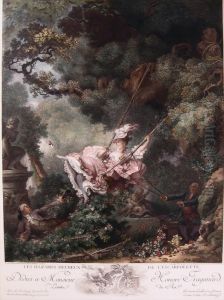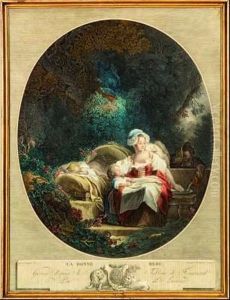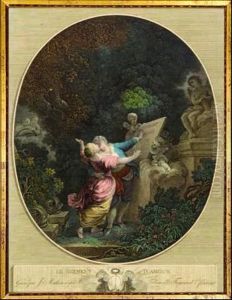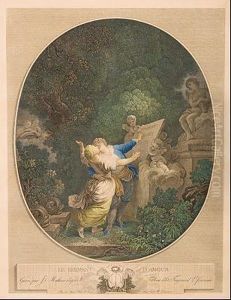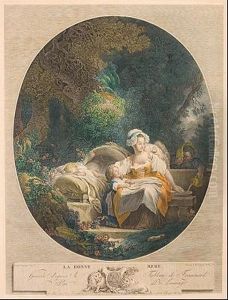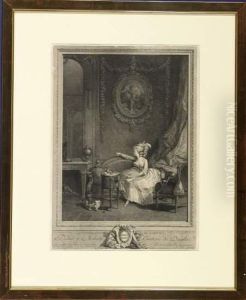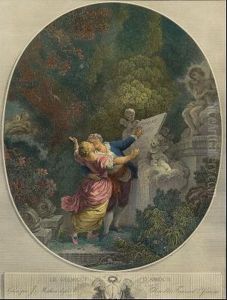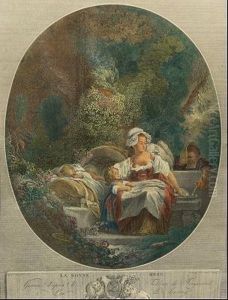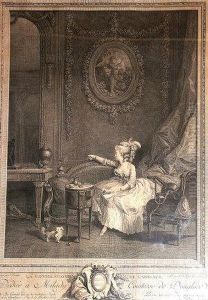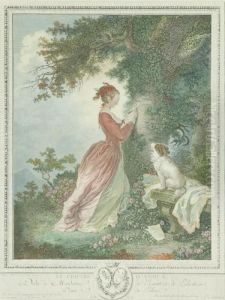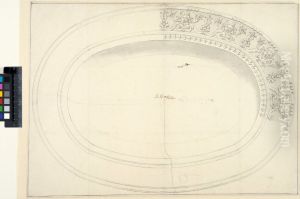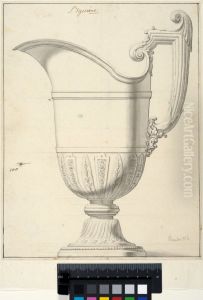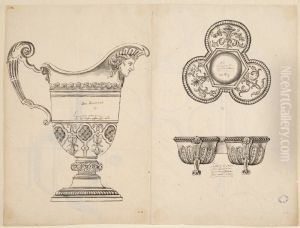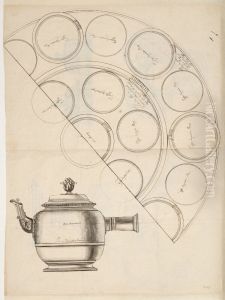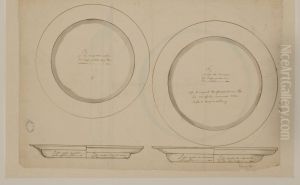Nicolas De Launay Paintings
Nicolas De Launay was a distinguished French engraver born in Paris in 1739. He belonged to the Rococo period, known for its elaborate and ornate art and architecture, which was characterized by lightness, elegance, and an exuberant use of curving natural forms in ornamentation. De Launay was renowned for his exquisite engravings that captured the delicacy and detail of this artistic movement.
Educated in the vibrant artistic atmosphere of Paris, De Launay quickly demonstrated his talent in the art of engraving. He mastered the technique of translating paintings and drawings into engravings that retained the original's beauty and detail. This skill made him a sought-after engraver among the artists and patrons of his time.
Throughout his career, Nicolas De Launay worked on a wide range of subjects, including portraits, landscapes, and scenes from contemporary life and mythology. He was particularly adept at engraving works based on the paintings of the leading artists of his day, such as François Boucher, Jean-Honoré Fragonard, and Jean-Baptiste Greuze. His engravings served not only as works of art but also as means of disseminating the popular artistic themes of the Rococo period to a broader audience.
De Launay's engravings were celebrated for their technical precision and their ability to convey the light, airy quality characteristic of Rococo art. His work contributed significantly to the promotion and appreciation of French art and culture during the 18th century. Despite the political turmoil of his time, including the French Revolution, De Launay continued to produce engravings that were highly valued by collectors and art enthusiasts.
Nicolas De Launay passed away in 1792, leaving behind a legacy as one of the finest engravers of the French Rococo period. His works remain highly prized by collectors and are studied by art historians for their contribution to the understanding of 18th-century European art and culture.
